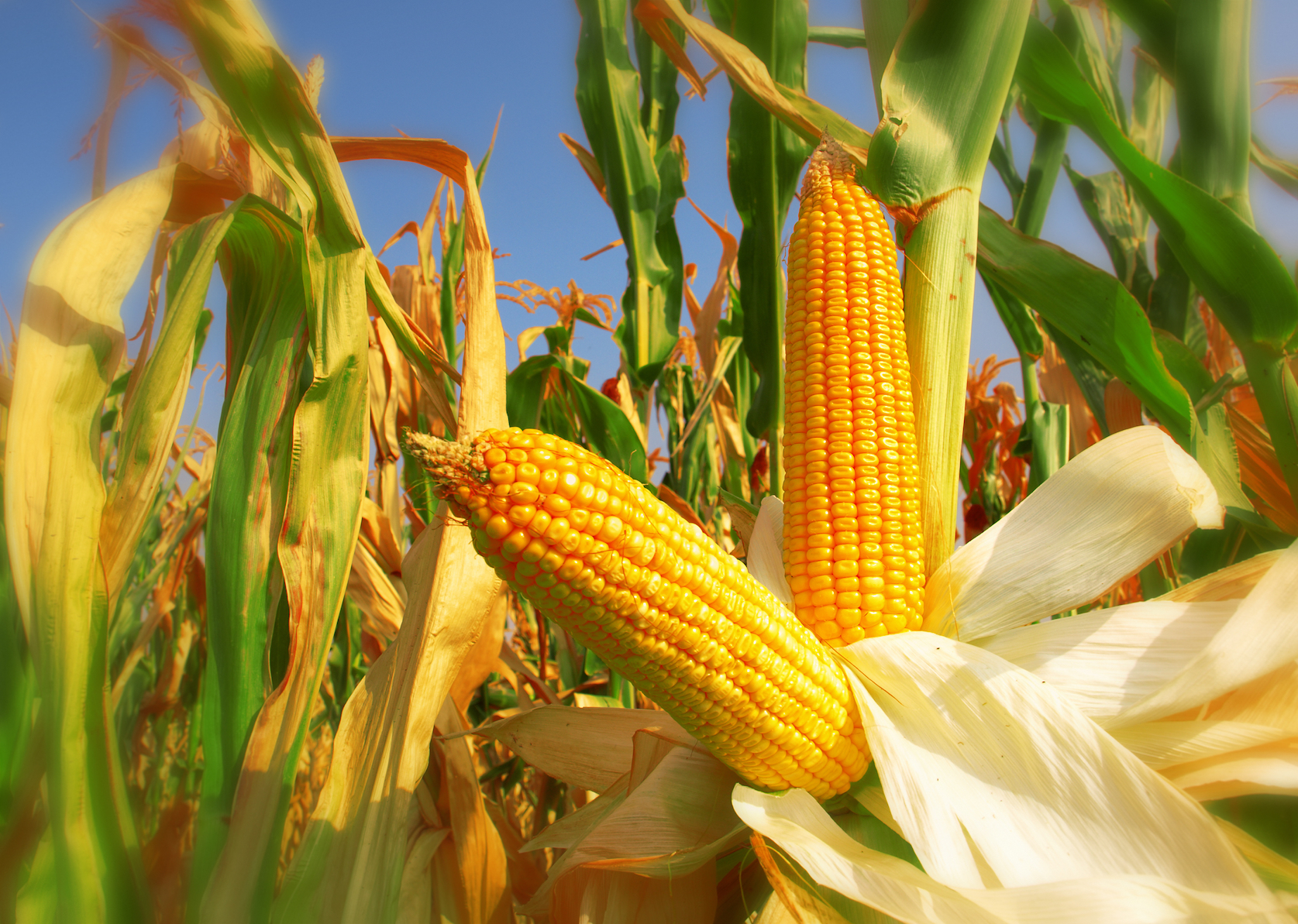
Defense mechanisms in corn actually attract its worst enemy
In past research, scientists at the University of Bern established that rootworm larvae are not only resistant to benzoxazinoids, metabolites that help to defend maize plants against pests, but can actually use the compounds for their own defense. A new study by the same team has revealed which benzoxazinoids are recognized by the rootworms that draw the larvae to the corn plants in the first place.
The Western corn rootworm causes more than two billion dollars in corn production losses annually, making it one of the biggest pests in agriculture. The researchers have demonstrated that natural defense compounds in maize plants are actually attracting this notorious pest.
Benzoxazinoids are not only critical as a defense mechanism in maize, but also help improve the growth of the plants. When these metabolites are released from the roots of young corn plants, they bind to iron and form complexes in the soil that make iron more available.
In the current study, the experts have found that these same benzoxazinoid-iron complexes are used by the rootworm as well. The rootworm larvae use the iron complexes to guide them to the roots of maize plants. The larvae also consume these complexes for their own needs.
“The corn rootworm has evolved a clever strategy to exploit its host plant’s ability to make iron biologically available. Tragically, this strategy enables the insect to severely damage maize plants and thereby cause massive crop failure,” said study co-author Christelle Robert.
“This behavior also poses a dilemma for plant breeders: In order to get rid of rootworms, they would have to reduce the release of benzoxazinoids in the roots. However, this would also undermine the plants’ ability to absorb iron. Nevertheless, now that we understand how rootworms orient in the soil, we can start looking for ways to reduce rootworm damage.”
Robert explained that iron complexes could potentially be used to attract rootworms and divert them away from maize roots.
Jonathan Gershenzon from the Max Planck Institute for Chemical Ecology said that more resilient maize plants may be the best solution.
“Since benzoxazinoids function both in herbivore defense and nutrient uptake, it is difficult for the plant to immediately stop producing a defense compound that has so many other important functions,” said Gershenzon. “The challenge will be to grow maize plants that are better able to defend themselves against the most damaging maize pest in the world without compromising their iron nutrition.”
The ability of the Western corn rootworm to detect iron complexes and adjust its behavior accordingly is providing scientists with a new understanding of food chains.
“Many important trace elements are bound to organic molecules in nature,” said study co-author Matthias Erb. “We therefore expect that other higher organisms also have the ability to perceive biologically available forms of trace elements and to ingest them to improve their nutrient balance. The Western corn rootworm is a frustrating, yet highly fascinating pest that has just taught us a new trick of nature.”
The study is published in the journal Science.
—
By Chrissy Sexton, Earth.com Staff Writer













